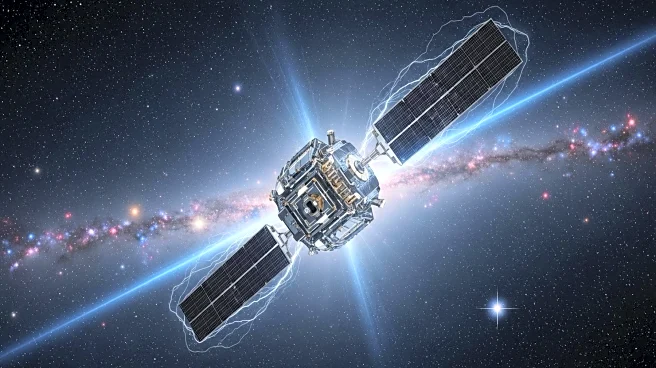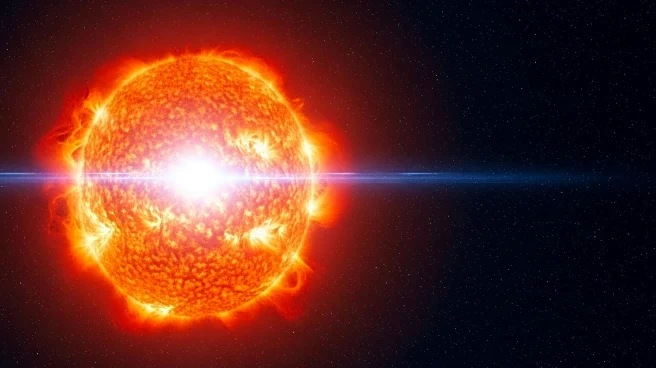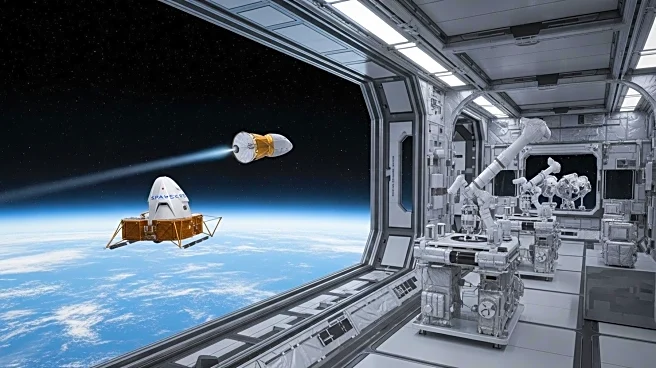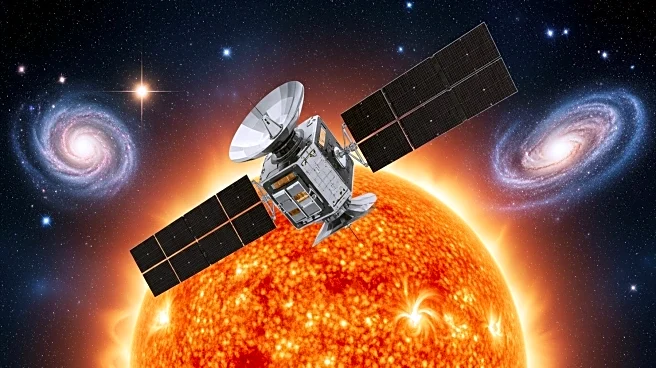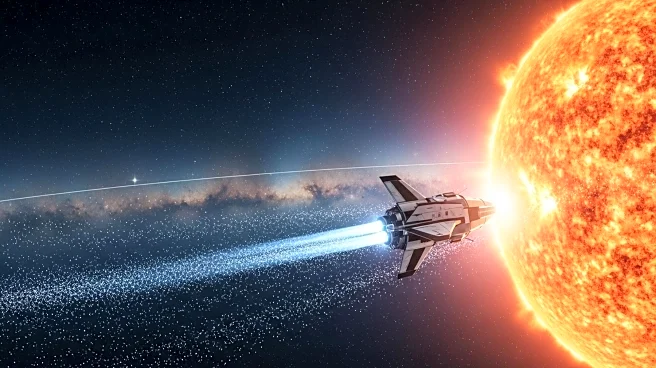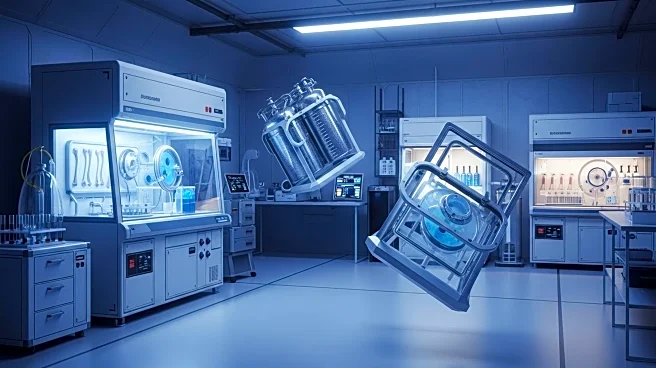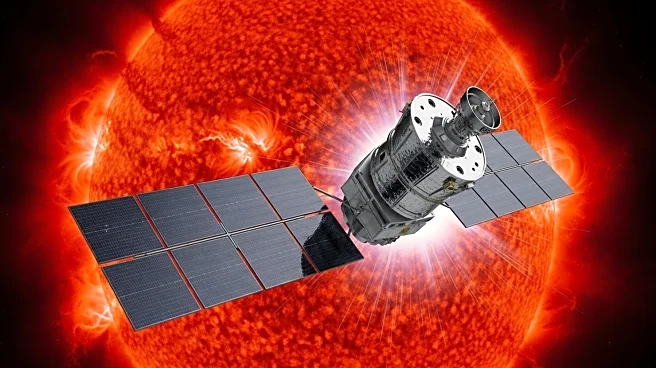What is the story about?
What's Happening?
Scientists from Los Alamos National Laboratory have pinpointed the cause of mysterious electrical surges on satellites, known as spacecraft environment discharge. This phenomenon occurs when charged particles from the Sun and Earth's magnetosphere build up and release electrical charges on satellites, causing disruptions. The study, published in Advances in Space Research, involved monitoring the charged environment of the U.S. Department of Defense's Space Test Program Satellite 6 (STP-Sat6) over a year. Researchers identified 272 incidents of electrical discharge, each occurring shortly after peaks in electron activity. This correlation between electron flux and electrical surges could lead to forecasting tools to mitigate satellite risks.
Why It's Important?
Understanding the causes of electrical surges on satellites is crucial for satellite operators, as these surges can lead to temporary or permanent damage. The ability to forecast these events could significantly reduce risks and improve satellite reliability. This research provides a foundation for developing predictive models that could enhance satellite design and operation, benefiting industries reliant on satellite technology, such as telecommunications and weather forecasting.
What's Next?
The study opens the possibility of creating forecasting tools to predict spacecraft environment discharge, allowing operators to take preventive measures. Further research will focus on refining these models and exploring additional factors influencing electrical surges. This could lead to improved satellite resilience and operational strategies, enhancing the reliability of satellite-based services.
AI Generated Content
Do you find this article useful?
